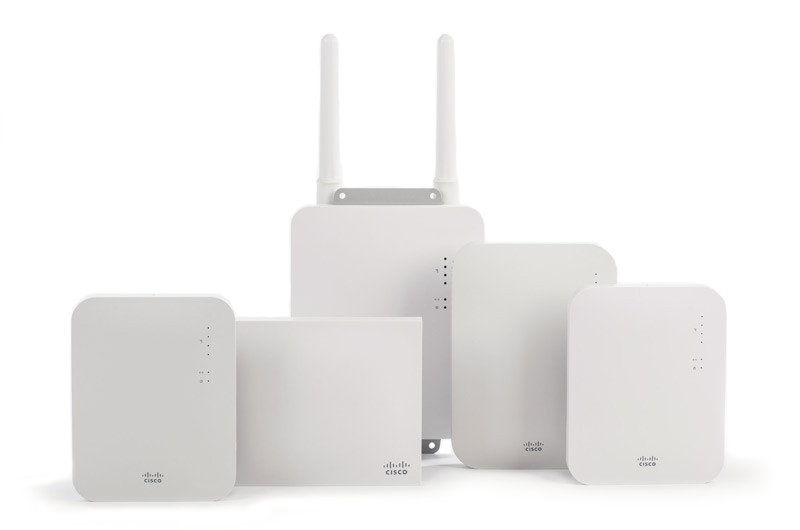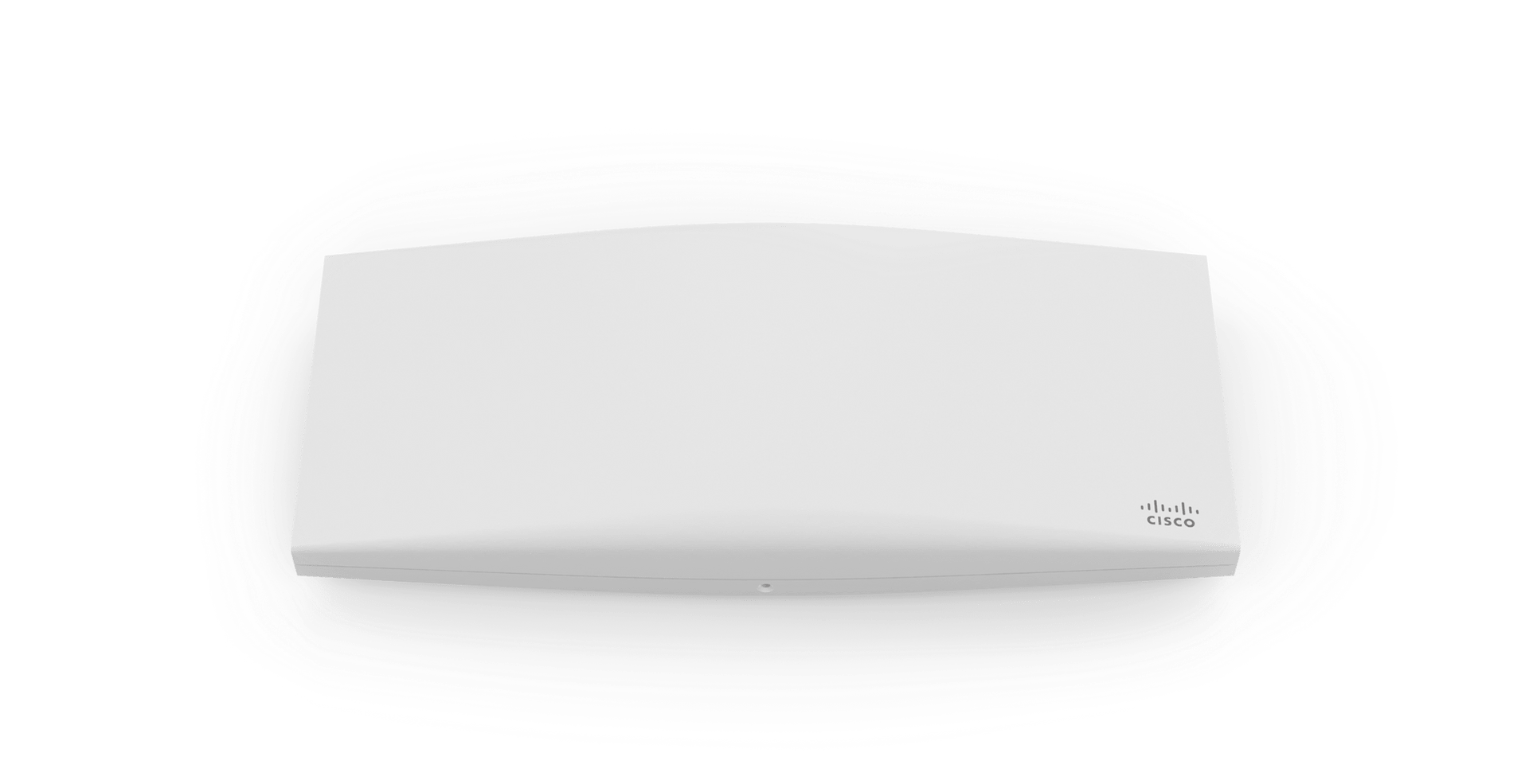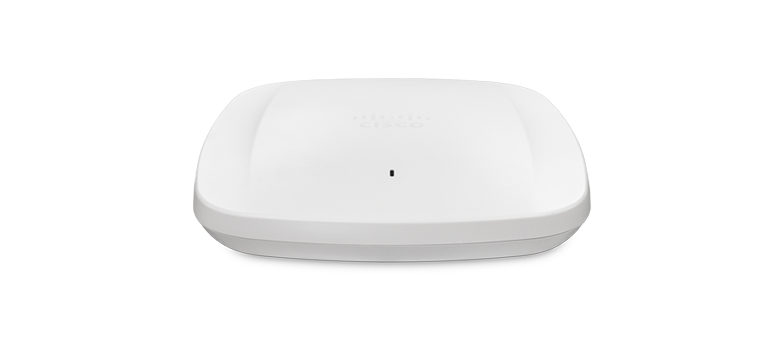
In today’s business world, reliable and high-performance wireless access points are essential for seamless connectivity, especially in environments that handle large numbers of devices. Cisco Meraki has built a reputation for delivering cloud-managed wireless solutions with its MR series, designed to meet the demands of modern businesses. Among these solutions, the Meraki MR56 and Meraki MR57 stand out as high-performance access points for enterprise environments.
This article will explore the Meraki MR56 vs. MR57, comparing their key features, performance capabilities, and which access point might be the better choice for your business. Whether you’re managing an office, university, or a retail space, choosing the right wireless access point can make all the difference in ensuring secure connectivity and optimized network performance.

The Meraki MR series is a line of cloud-managed wireless access points built for enterprise environments. These devices combine simple management with advanced performance, making them ideal for high-density deployments in offices, campuses, and retail settings. The Meraki Dashboard allows IT administrators to easily manage multiple access points, adjust network settings, and monitor performance across locations.
Key features of the MR series include:
The Meraki MR series is widely deployed across office spaces, educational institutions, and retail environments. These access points are designed for high-density environments where many users or devices are connected simultaneously, such as in conference rooms, classrooms, or busy retail stores. Businesses that need secure connectivity, guest access, and the ability to scale their networks easily will find the MR series an outstanding platform for their wireless infrastructure.

The Meraki MR56 is designed to provide high-performance wireless connectivity with support for Wi-Fi 6 (802.11ax) and has a 5.9 Gbps aggregate frame rate. It is ideal for performance-intensive applications such as video streaming and voice and high-definition video. The MR56 features dual-band support for both the 2.4 GHz and 5 GHz bands and includes MU-MIMO support for faster and more efficient connections to multiple devices.
With Wi-Fi 6 technology, the MR56 can deliver faster speeds, lower latency, and improved overall network efficiency. Features like OFDMA (Orthogonal Frequency Division Multiple Access) and Automatic Power Save Delivery improve performance in environments with many connected devices. This makes the MR56 ideal for medium to large enterprises that require stable, high-speed connections for various tasks, from web browsing to video conferencing.
The MR56 has enterprise security features, including WPA3 encryption, real-time alerts, and automatic cloud-based RF optimization. These features ensure that the wireless network remains secure and performs optimally. The MR56 also integrates with Cisco Umbrella for enhanced protection against cyber threats, providing full-time Wi-Fi location tracking and real-time WIDS/WIPS to detect and prevent unauthorized access.
The Meraki MR56 is best suited for medium to large enterprises that require high-performance access points to manage high-density environments. Whether in office spaces, educational institutions, or large conference venues, the MR56 delivers secure connectivity and simple management through the Meraki Dashboard, making it an excellent choice for businesses that need reliable, high-throughput wireless solutions.

The Meraki MR57 takes things to the next level with its support for Wi-Fi 6E, which introduces the 6 GHz band and has an aggregate frame rate of up to 8.35 Gbps. This tri-band configuration provides access to 2.4 GHz, 5 GHz, and 6 GHz bands, significantly reducing network congestion and boosting overall wireless performance. With MU-MIMO support, the MR57 can handle even more devices than the MR56, making it ideal for mission-critical applications and high-density deployments.
One of the biggest benefits of Wi-Fi 6E is access to the 6 GHz band, which offers less crowded channels and faster speeds, particularly in environments with a large number of connected devices. This results in lower latency, improved throughput, and better performance in performance-intensive applications like video streaming and mobile device connectivity. The MR57 is future-proof, capable of supporting emerging technologies that will rely on the 6 GHz band.
Security remains a top priority for the MR57, with advanced security features like WPA3 encryption, Bluetooth Low Energy Beacon for location tracking, and integrated radio for real-time alerts. Zero-touch provisioning ensures secure deployments across multiple locations, while automatic reporting and automatic firmware upgrades guarantee that the MR57 remains up to date with the latest security patches.
The Meraki MR57 is ideal for large enterprises, universities, and environments that require future-proof wireless solutions. With support for the 6 GHz band and Wi-Fi 6E, the MR57 offers enhanced wireless performance for businesses that need cutting-edge technology to handle dense, high-traffic environments. This model is perfect for organizations that anticipate higher wireless demands as technology evolves.
The most significant difference between the Meraki MR56 vs. MR57 is the Wi-Fi standard. The MR56 supports Wi-Fi 6 with a dual-band configuration (2.4 GHz and 5 GHz), while the MR57 introduces Wi-Fi 6E with a tri-band configuration (2.4 GHz, 5 GHz, and 6 GHz). This extra band in the MR57 reduces interference, allowing for faster and more reliable connections in crowded environments.
In terms of speed, the MR57 outperforms the MR56 due to its access to the 6 GHz band. The Meraki MR56 vs. MR57 comparison shows that the MR57 can achieve higher throughput in high-density environments, making it a better option for businesses with large numbers of connected devices and performance-intensive applications.
The MR57 features more advanced hardware with additional antennas to support its tri-band configuration, whereas the MR56 is limited to a dual-band design. This gives the MR57 an edge in environments where high-speed, low-latency connectivity is crucial, especially in enterprise networks that rely on mission-critical applications.
For businesses looking to future-proof their network infrastructure, the MR57 is the clear winner with its support for Wi-Fi 6E. As more devices begin to adopt Wi-Fi 6E, the MR57 will provide a longer-term solution compared to the MR56, which is limited to Wi-Fi 6. This makes the MR57 better suited for organizations planning to expand their network over time.
The Meraki MR56 performs exceptionally well in high-density environments, such as office spaces, educational institutions, and retail settings. With Wi-Fi 6 and MU-MIMO support, the MR56 can handle many devices simultaneously, ensuring smooth, uninterrupted connectivity for video conferencing, file sharing, and secure access for visitors.
In contrast, the Meraki MR57 provides even better performance in high-density deployments thanks to its Wi-Fi 6E support. The 6 GHz band opens up new channels for data transmission, reducing congestion and delivering faster speeds. This makes the MR57 ideal for environments like universities, conference centers, and large offices that handle mission-critical applications requiring high throughput and low latency.
When comparing the Meraki MR56 vs. MR57 in terms of high-density performance, the MR57 comes out on top with its tri-band configuration and access to the 6 GHz band. This makes it more capable of handling larger device loads and providing faster connectivity in busy environments.
The Meraki MR56 offers an affordable solution for businesses that need reliable Wi-Fi 6 performance. With a price point that reflects its dual-band design and solid performance, the MR56 is a cost-effective choice for small to medium-sized enterprises that don’t need the latest technology but still require high-density support.
The Meraki MR57 comes with a higher price tag due to its support for Wi-Fi 6E, tri-band configuration, and enhanced hardware. However, the future-proof technology and increased performance justify the cost for businesses that anticipate growing wireless demands and want to stay ahead of emerging technologies.
When comparing the Meraki MR56 vs. MR57, businesses must consider both the short-term and long-term value. The MR56 is an excellent choice for businesses on a budget that still need reliable, high-performance Wi-Fi 6 connectivity. The MR57, while more expensive, offers future-proofing with Wi-Fi 6E, making it a better investment for organizations that expect to scale their wireless network.
The Meraki MR56 is ideal for businesses such as small to medium-sized enterprises, retail spaces, and office environments that require Wi-Fi 6 performance without the need for Wi-Fi 6E. It offers solid wireless performance for high-density environments, making it perfect for organizations with steady wireless needs but no immediate demand for the latest wireless technology.
For businesses that need future-proof solutions and operate in highly congested or mission-critical environments, the Meraki MR57 is the best choice. Universities, large enterprises, and conference venues that handle heavy network traffic will benefit from the 6 GHz band and enhanced capabilities of the MR57. Its ability to handle video streaming, real-time alerts, and mission-critical applications ensures top-tier performance in even the most demanding environments.
Organizations that anticipate significant growth or plan to adopt emerging technologies will find the MR57 better suited to their long-term needs. The MR56, while capable, may eventually face limitations as new devices begin to rely on Wi-Fi 6E and higher bandwidth requirements. Businesses should assess their future scalability needs when choosing between the Meraki MR56 vs. MR57.
In the comparison of Meraki MR56 vs. MR57, the key differences revolve around the Wi-Fi standard, performance in high-density environments, and future-proofing capabilities. The MR56 offers Wi-Fi 6 with dual-band support, making it a strong choice for businesses with current wireless demands. However, the MR57 introduces Wi-Fi 6E and a tri-band configuration, providing greater performance and scalability for organizations with mission-critical or high-density needs.
Choosing between the Meraki MR56 and Meraki MR57 ultimately depends on your business’s wireless requirements, future growth plans, and budget. For those looking to future-proof their network, the MR57 is the best investment. For businesses that need high-performance wireless today without the extra cost, the MR56 remains a reliable option. At Stratus Informational Systems, we specialize in helping businesses deploy the best Cisco Meraki solutions to meet their unique networking needs.
Ready to optimize your network? Contact Stratus Informational Systems for tailored solutions and expert support.

Stay informed about our newest releases and updates